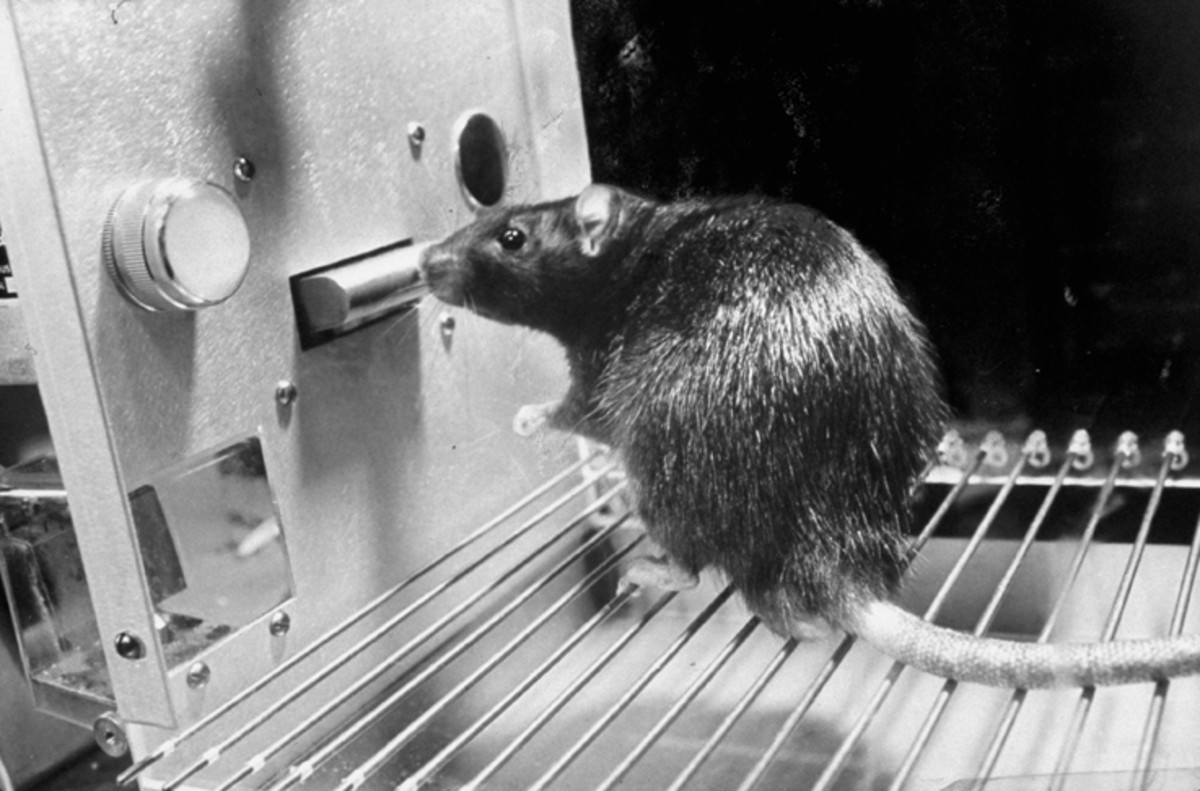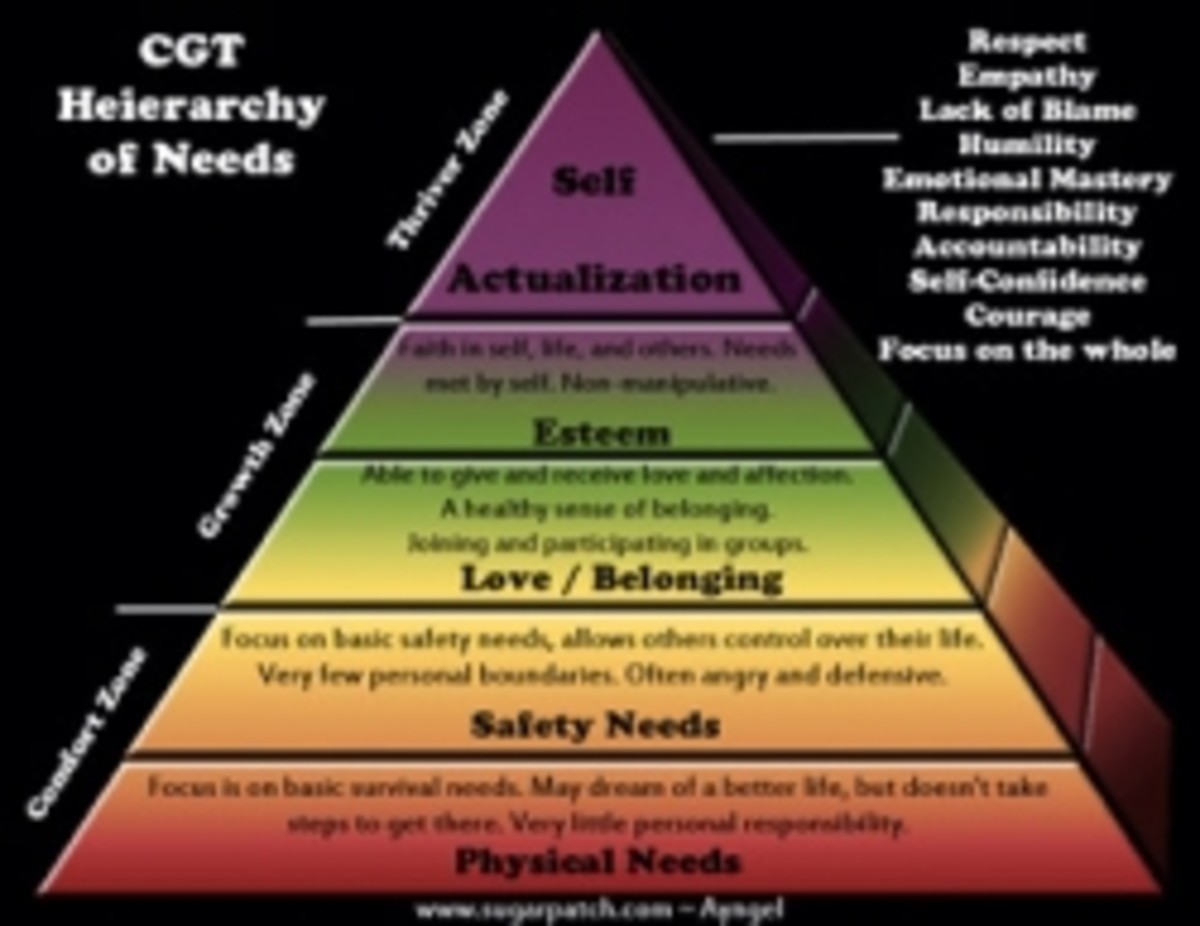Biological Psychology Definition
Biological Psychology
When biology and psychology combine they create a method of defining how biology contributes to behaviors. Developmental, cognitive, clinical and other areas of psychology focus on phenomena unlike biopsychology which places importance on biological aspects of behavior. Several theories occurred on the path to understanding how the brain operates from Aristotle to Huxley. Currently biopsychology is used in psychopharmacology to neuropsychology. Environment and heredity impact behavior but, biological psychology concentrates on biological impact on behavior.
Definition and History
Biological psychology is the study of the brain and behavior; it is a hybrid of neuroscience and psychology used to examine the knowledge of the brain to treat patients. Most simply stated biological psychology is the study of the biological foundation of behavior. Physiological psychologies, clinical neuropsychology, behavioral neuroscience, biopsychology are all names used to describe or define the area of biological psychology (Wickens, 2005, p. 3). The knowledge attained in the area of psychology can also be used to search for biological causes for mental illness from depression to schizophrenia. Biological psychologists’ focus on the basis of mental processes and how they are instantiated in the brain (Biomedicine, 2008). Essentially biopsychology is the study of human emotional, cognitive and affective processes from a biological view.
Biopsychology dates back to Aristotle’s definition of the soul as the perfect realization of a natural body. Aristotle determined a close relationship connecting psychological states, and physiological processes. In the 20th Century biopsychology entered into the area of scientific research (2006). Galen, the most important physician of the Roman Empire, further defined the heart as the spark of life and determined four parts of the brain existed. His followers included Nemesius who theorized about the brain functions. He defined the lateral ventricles as the site of sensory and mental impressions, and further theorized the third ventricle was the site of reason and memory was contained in the fourth ventricle (Wickens, 2005).
The Organization of Behavior publication in 1949 by Canadian psychologist Donald O. Hebb further assisted in the recognition of biopsychology. Hebb’s research discredited the view that psychological functioning was too intricate for foundations in the chemistry and physiology of the brain. At the time scientists were not studying the biology of psychological processes (“Biopsychology“, 2008).
Theorists
The first notable theorist after Aristotle was Rene’ Descartes who held the belief that the flow of animal spirits caused behaviors. He held a mechanistic view arrived at because of the statues of St. Germaine. Descartes thought humans followed the same pattern as the statues with water flowing through tubes, representing nerves and the fluid that result in muscle stimulation (Millis, n.d.). In 1664 Thomas Willis published Anatomy of the Brain. The publication viewed the brain’s structures as influencing behaviors. Willis is responsible for discovering the gray and white matter within the brain. Willis agreed partially with Descartes about the matter of the spirits but further defined the spirits as being created in the grey matter and distributed by the white matters channels (Millis). Luigi Galvani’s discovery concluded electricity as the power in nervous tissue. Galvani’s discovery disproved Galen’s belief. In 1875 Camilo Golgi produced pictures or sketches of the brain, regions and connections. Later Charles Sherrington established nerve cells are separated by synapses otherwise known as small gaps (Wickens, 2005).
Otto Loewi’s dream resulted in 1921’s experiment with frogs and eventually concluded that synaptic transmission transpires via chemical means. Otto’s first dream recorded on paper was not legible. The following morning he recalled the dream and immediately performed the experiment. Nonetheless, how the electrical impulses generated remained a mystery. Finally in 1952 Alan Hodgkin and Andrew Huxley explained the nerve impulse (Wickens, 2005).
Biopsychology and other fields in psychology and neuroscience
Biopsychology is classified by method unlike other areas of psychology. The majority of psychological branches place focus on phenomena. Mental illness is studied within the realm of clinical psychology; group behavior is studied within social psychology. In contrast, biopsychology studies the biology of how behavior occurs. Research accomplished within the field contributes to developmental psychology in the assistance of understanding memory, motivation, perceptions, cognition, learning and emotions (Ertel, 2004).
Biopsychologists’ occupations take place in various areas to include cognitive neuroscience, psychopharmacology, neuropsychology, behavioral genetics and comparative psychology. Each area uses the combination of biology and psychology in different ways (Ertel, 2004).
Major underlying assumptions of biopsychological approach
The major underlying assumption held by biological psychologists is the organic basis to mental processes and how the processes are represented in the brain. Additionally biopsychologists make use of discussions and prescriptions for treatments (Biomedicine, 2008). The biological approach in psychology focuses more on the individual and the genetic makeup than the environmental influence on the individual. Looking at genetics and inheritance from the biological parents is more important to the biopsychologists than upbringing, neighborhoods and socioeconomic background.
Conclusion
Environment and heredity impact behavior and can be examined by use of biopsychology as well as developmental, cognitive, clinical and other areas of psychology. Biopsychology places importance on biological aspects of behavior. The major underlying assumptions of biological psychology will continue to impact areas of psychology and medicine for years to come.
References
Wickens, A. (2005). Foundations of Biopsychology (2nd ed.). Upper Saddle River, NJ: Prentice-Hall.





